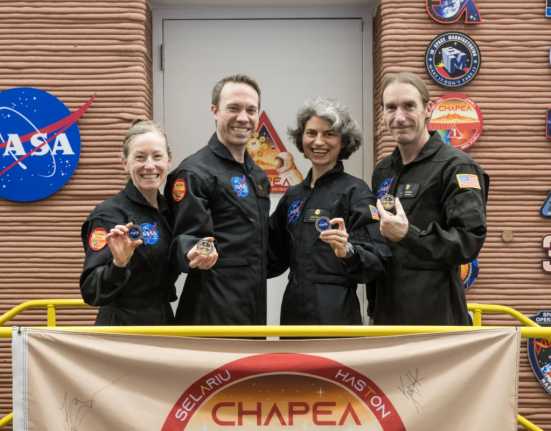PARIS – Lockheed Martin has won a $297.1 million contract to develop lightning mappers for the National Oceanic and Atmospheric Administration’s future geostationary constellation.
The contract announced Sept. 17 requires Lockheed Martin to develop two flight instruments and includes options for two additional lightning mappers. Lockheed Martin will also support each lightning mapper for a decade of on-orbit operations and five years of in-space storage.
NOAA's Geostationary and Extended Observation Fleet Lightning Mapper, known as LMX, is designed to detect, locate, and measure the intensity, duration, and extent of lightning. Using LMX data, NOAA meteorologists and researchers monitor severe storms, predict hurricane intensity, measure wildfire risk, and mitigate aviation-related hazards.
Lockheed Martin also built lightning mappers for NOAA's current geostationary operational environmental satellites. The GOES fleet provides imagery and data of the Western Hemisphere for weather and climate forecasting and research.
NOAA's geostationary extended observations satellite, GeoXO, is scheduled to begin operations in the 2030s.
NASA awarded the contract to Lockheed Martin on behalf of NOAA.












Leave feedback about this